Statistikhengst
Diamond Member
- Banned
- #1

This thread is a project I have been working on for months, and this is just the tip of the iceberg. Putting it out on USMB is a promise I made to [MENTION=32163]Listening[/MENTION].
From the moment a US-Representative is sworn in, he or she is already planning and fundraising for the NEXT election. Huge PACS and Super-PACS are scrounging for money all year long. The media machine for all political parties is set to full-blast 24/7. Polling for the next presidential election started quite literally on the day after the last presidential election! We are now living in a permanent election cycle that literally never ends. This is not healthy for us.
Liberals complain that voter suppression is happening. Conservatives complain that there is voter fraud. Both sides have some very valid complaints. The last three presidential election have seen long-lines of people waiting to vote at polling places not equipped to handle that many people. Gerrymandering has literally made about 80% of the House of Representatives „safe“. And the list goes on and on.
In fact, it is just crazy.
In many ways, we have an electoral system that is designed for failure. That was surely not the intent of the founding fathers, but this is how it is working out and I think the time for some real common sense changes has come.
In this report, Conservatives, Moderates and Liberals are all going to find some things that they like and things that they don't like, but I ask of you to read all of it and digest it before commenting.
My main contention is that there is a severe structural flaw in our system of electioneering, namely, that very little of it is set in stone in the US Constitution. What was considered checks-and-balances has now become gridlock. And the rest, because of Federalism, is left up to the individual states to decide. And out of this, a hodge-podge patchwork of electioneering has evolved into a money making-monster.
So, I am a proposing a complete overhaul of our electoral system, but not an elimination of the „Electoral College“, as we like to call it. I am going to do this in four parts. Because of the length of this all, and to make it easier for you all to quote only one section, these four parts will be spread over postings 2-5 of this thread:
I. The Legislative (posting no. 2)
II. The Executive (posting no. 3)
III. The Judicial (posting no. 4)
IV. Election rules and timelines (posting no. 5)
Many of these things are things that Larry Sabato has also suggested in his book „Toward a more Perfect Union“, but many of them are also orginal ideas of mine.
The goal of all of this is to
a.) increase the amount of undisrupted time for governing between elections.
b.) streamline the actual time frame of electioneering.
c.) unify the rules for electioneering.
d.) reduce the money chase.
I am not saying that this is the only way to do this, but I do think that much of what I suggest is worthy of real adult debate. As I already wrote, each person will probably find some things he likes and some things he doesn't like, and that is good, for such sparks intelligent debate. Furthermore, I deliberately left out a lot of the reason for WHY I feel this way about many things. I did this to spur people to question or to come up with reasons themselves.
---------------------------------------------------------------------------------------
A friendly shout-out to all of these good people, from the Right, the Left and the Middle. I hope very much that you read all 5 opening postings and then comment. This could become one of the best discussions of the year.
[MENTION=31258]BDBoop[/MENTION] [MENTION=42916]Derideo_Te[/MENTION] [MENTION=40495]AngelsNDemons[/MENTION] [MENTION=41527]Pogo[/MENTION] [MENTION=26011]Ernie S.[/MENTION] [MENTION=9429]AVG-JOE[/MENTION] @Mad Cabbie [MENTION=42649]Gracie[/MENTION] [MENTION=20412]JakeStarkey[/MENTION] [MENTION=25505]Jroc[/MENTION] [MENTION=38281]Wolfsister77[/MENTION] [MENTION=21679]william the wie[/MENTION] [MENTION=23424]syrenn[/MENTION] [MENTION=43625]Mertex[/MENTION] [MENTION=37250]aaronleland[/MENTION] [MENTION=36767]Bloodrock44[/MENTION] [MENTION=36528]cereal_killer[/MENTION] [MENTION=40540]Connery[/MENTION] [MENTION=30999]daws101[/MENTION] [MENTION=46449]Delta4Embassy[/MENTION] [MENTION=33449]BreezeWood[/MENTION] [MENTION=31362]gallantwarrior[/MENTION] [MENTION=24610]iamwhatiseem[/MENTION] [MENTION=46750]Knightfall[/MENTION] [MENTION=46690]Libertarianman[/MENTION] [MENTION=1322]007[/MENTION] [MENTION=20450]MarcATL[/MENTION] [MENTION=20594]Mr Clean[/MENTION] [MENTION=20704]Nosmo King[/MENTION] [MENTION=43268]TemplarKormac[/MENTION] [MENTION=20321]rightwinger[/MENTION] [MENTION=41494]RandallFlagg[/MENTION] [MENTION=25283]Sallow[/MENTION] Samson [MENTION=21357]SFC Ollie[/MENTION] @Sherri [MENTION=43491]TooTall[/MENTION] [MENTION=25451]tinydancer[/MENTION] [MENTION=31918]Unkotare[/MENTION] [MENTION=45104]WelfareQueen[/MENTION] [MENTION=21524]oldfart[/MENTION] [MENTION=42498]Esmeralda[/MENTION] [MENTION=43888]AyeCantSeeYou[/MENTION] [MENTION=19302]Montrovant[/MENTION] [MENTION=11703]strollingbones[/MENTION] [MENTION=18988]PixieStix[/MENTION] [MENTION=23262]peach174[/MENTION] [MENTION=13805]Againsheila[/MENTION] [MENTION=20342]Ringel05[/MENTION] [MENTION=38085]Noomi[/MENTION] [MENTION=18905]Sherry[/MENTION] [MENTION=29697]freedombecki[/MENTION] [MENTION=22590]AquaAthena[/MENTION] [MENTION=38146]Dajjal[/MENTION] [MENTION=18645]Sarah G[/MENTION] [MENTION=46193]Thx[/MENTION] [MENTION=20614]candycorn[/MENTION] [MENTION=24452]Seawytch[/MENTION] [MENTION=29614]C_Clayton_Jones[/MENTION] [MENTION=18990]Barb[/MENTION] [MENTION=19867]G.T.[/MENTION] [MENTION=31057]JoeB131[/MENTION] [MENTION=11278]editec[/MENTION] [MENTION=22983]Flopper[/MENTION] [MENTION=22889]Matthew[/MENTION] [MENTION=46136]dreolin[/MENTION]
Last edited:

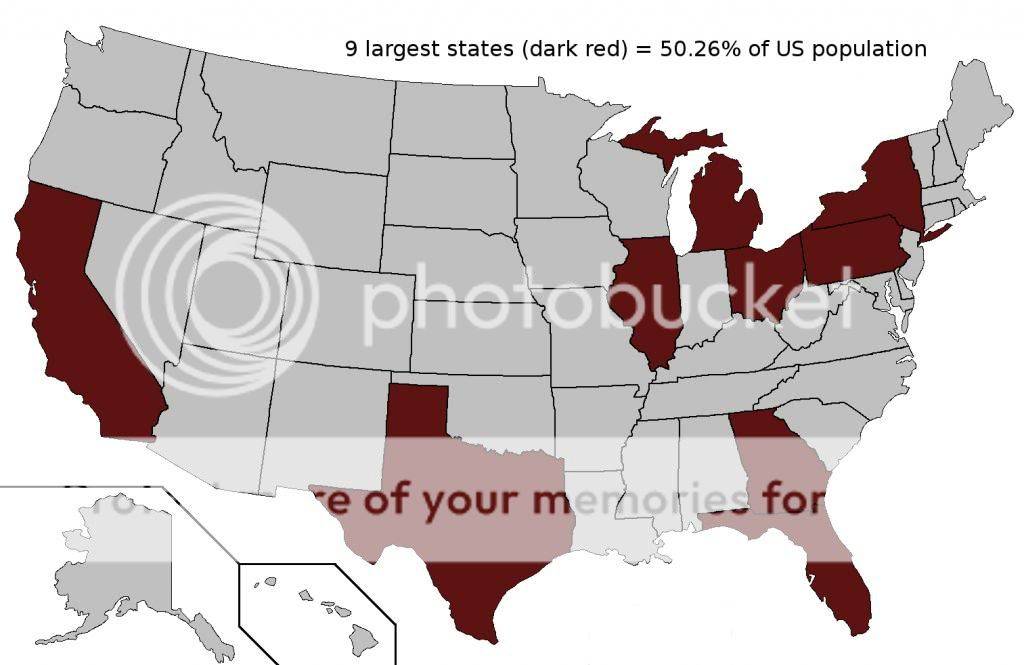
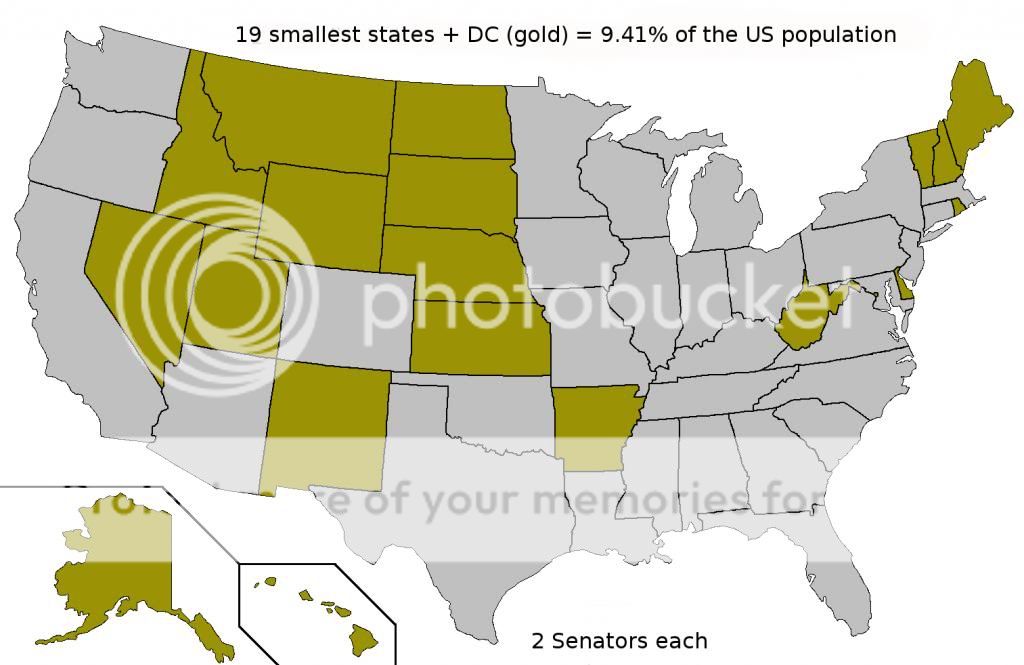
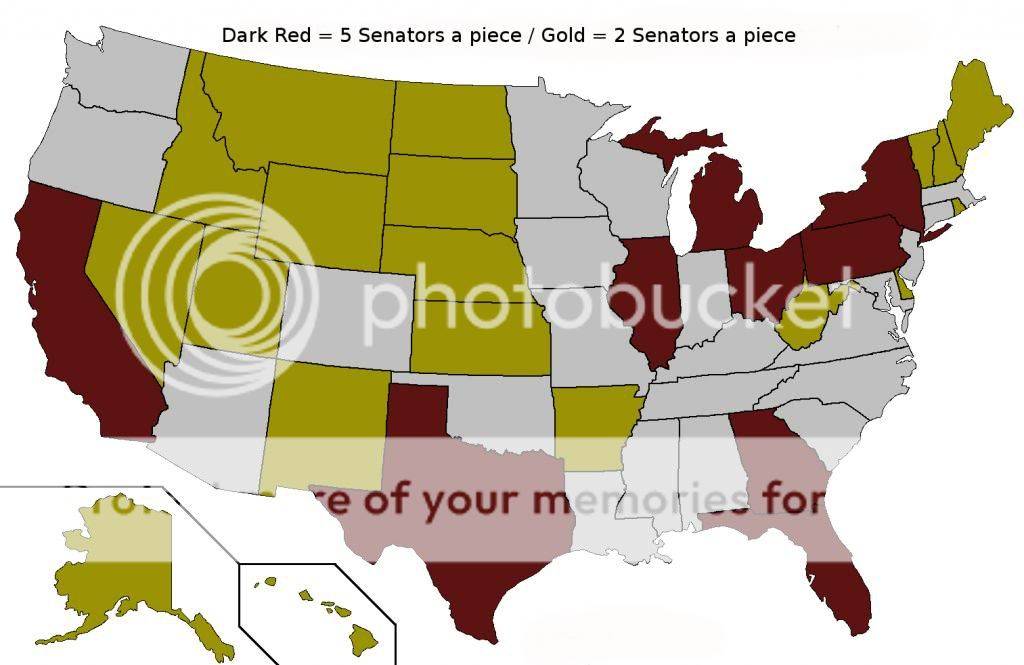
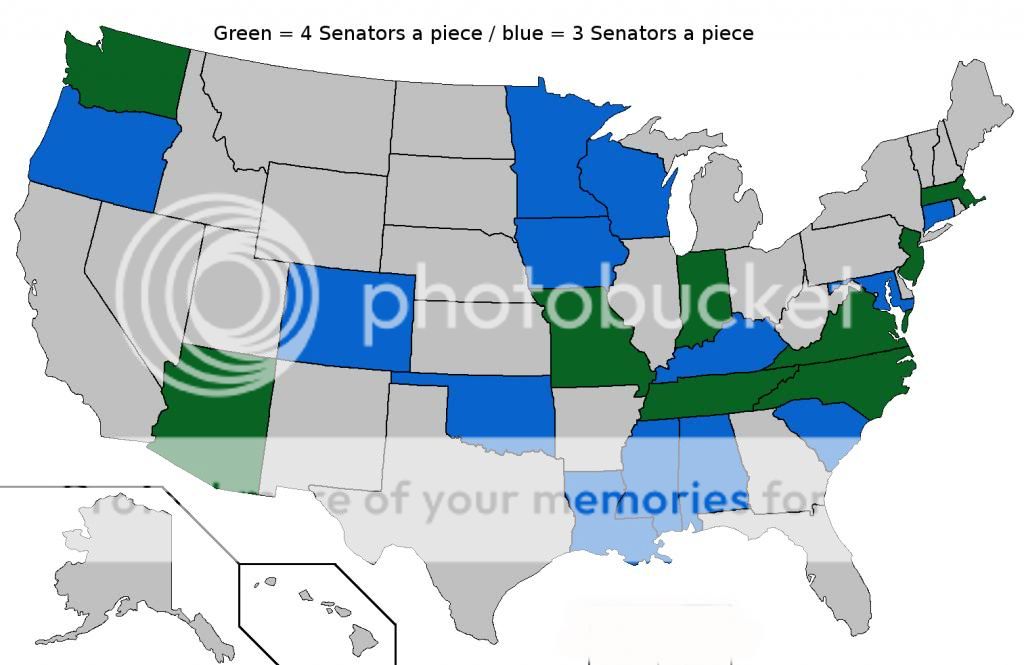
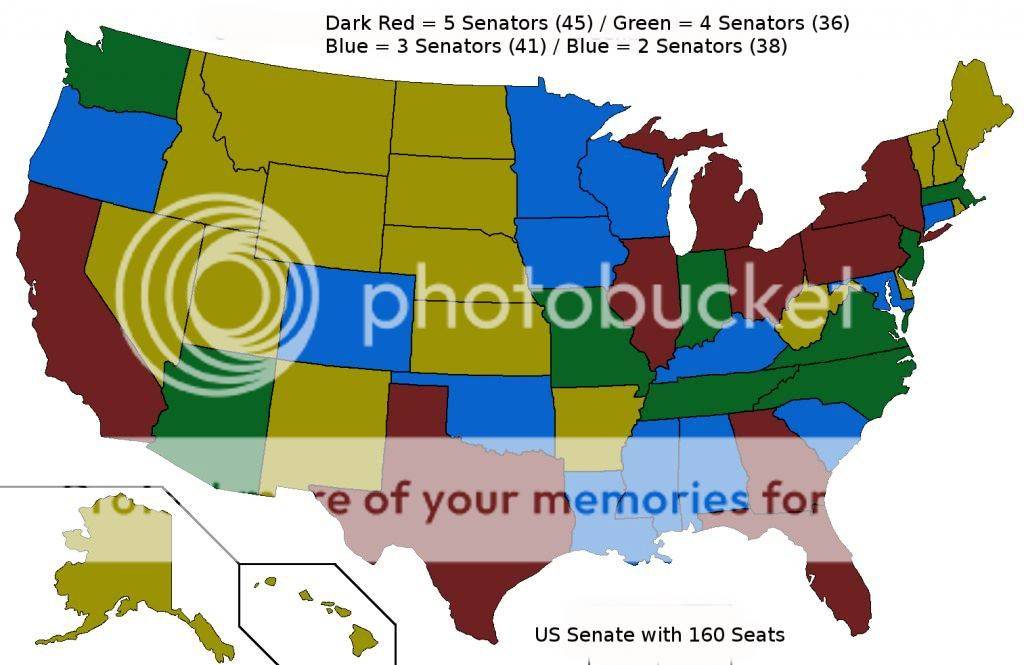
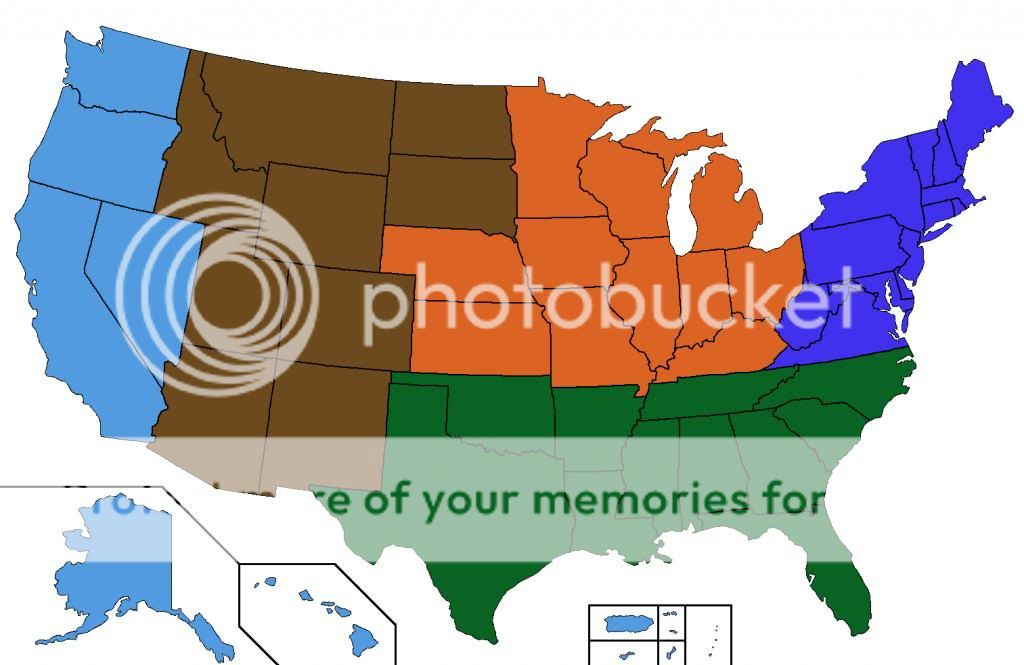

 ... it'd be better to divide by district the electoral college and award the them by district instead of winner take all. That would give everyone a voice instead of states like California where conservatives are overrun by liberals or visa versa in TX. Also there are 2 senators per state for a reason. That's the way the founders wanted it, and the way it should be. It gives the smaller states more of a voice. If you came up with this all yourself ? Impressive.. I haft to give you credit for that.
... it'd be better to divide by district the electoral college and award the them by district instead of winner take all. That would give everyone a voice instead of states like California where conservatives are overrun by liberals or visa versa in TX. Also there are 2 senators per state for a reason. That's the way the founders wanted it, and the way it should be. It gives the smaller states more of a voice. If you came up with this all yourself ? Impressive.. I haft to give you credit for that.